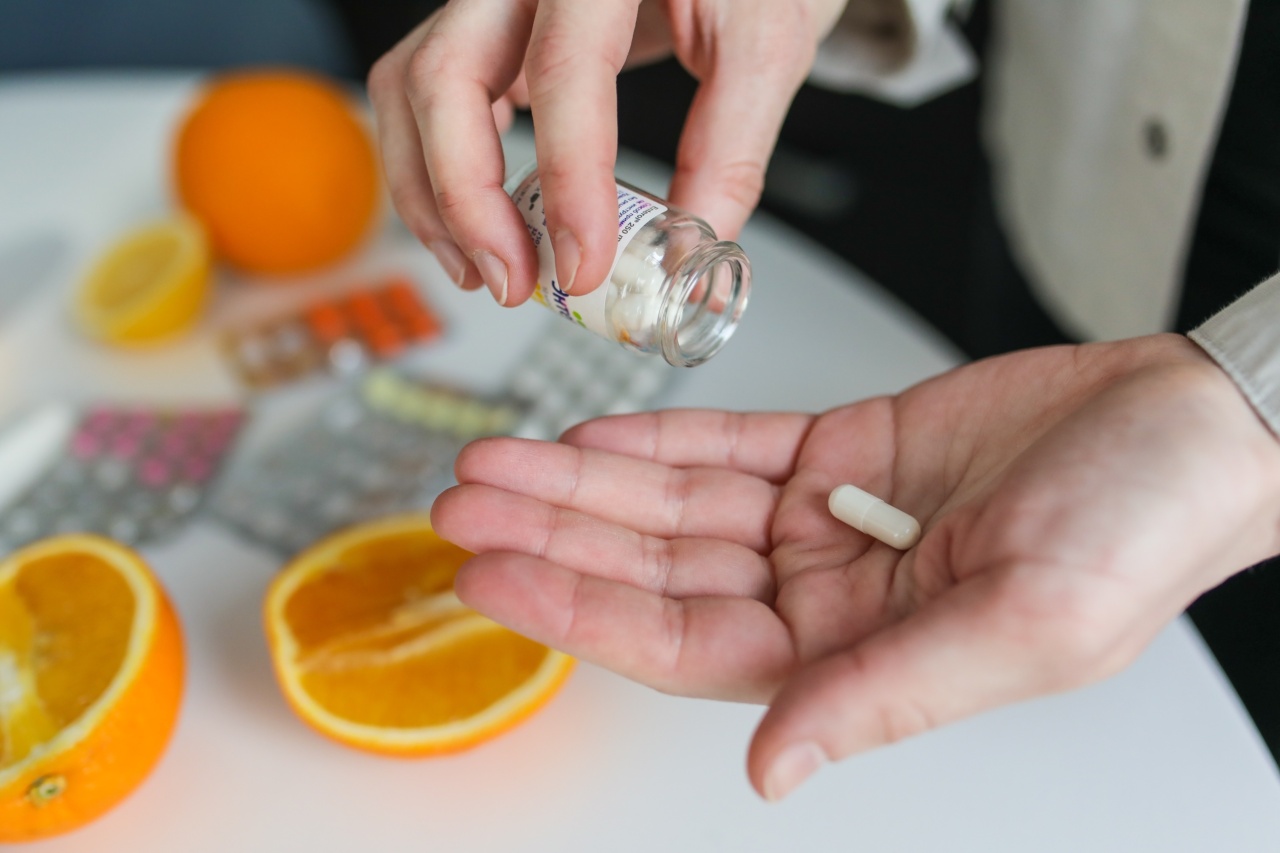A hernia is a condition that occurs when an organ or fatty tissue pushes through a weak spot in the surrounding muscle or connective tissue.
It typically manifests as a bulge or lump and can cause discomfort, pain, and other complications if left untreated. While hernias cannot always be entirely prevented, there are several measures one can take to reduce the risk of developing a hernia and to promote effective treatment.
In this article, we will discuss various visual tips and techniques for hernia prevention and treatment.
What Causes Hernias?
Hernias can be caused by several factors, including:.
- Weak Muscles: Weakness in the abdominal wall muscles can create openings for tissues to protrude.
- Heavy Lifting: Engaging in heavy lifting without proper technique can strain and weaken muscles, leading to hernias.
- Persistent Coughing: Chronic coughing exerts significant pressure on the abdominal muscles and can contribute to hernias.
- Pregnancy: The additional pressure exerted on the abdominal area during pregnancy can increase the risk of developing a hernia.
- Obesity: Excess weight can weaken the muscles and increase the likelihood of hernias.
- Aging: As we age, our muscles naturally weaken, increasing the susceptibility to hernias.
Preventing Hernias
While hernias cannot always be completely prevented, there are visual tips and techniques that can help reduce the risk:.
1. Maintain a Healthy Weight
One of the best ways to reduce the risk of hernias is to maintain a healthy weight. Obesity can strain the muscles, making them more vulnerable to hernias.
A balanced diet and regular exercise can help in weight management and promote overall muscle strength.
2. Practice Proper Lifting Techniques
When lifting heavy objects, it is essential to use the proper lifting technique. Bend at the knees, keep your back straight, and lift with your legs rather than your back.
Avoid sudden or jerky movements while lifting, as they can strain the muscles and increase the risk of hernias.
3. Strengthen Your Core Muscles
Exercising and strengthening the core muscles can provide additional support to the abdominal wall and reduce the likelihood of hernias.
Incorporate exercises like planks, crunches, and yoga poses that target the abdominal muscles into your fitness routine.
4. Quit Smoking
Smoking can weaken the muscles and negatively affect the body’s ability to heal, making it more difficult to recover from hernia surgery.
Quitting smoking is not only beneficial for the prevention of hernias but also for overall health and well-being.
5. Avoid Straining During Bowel Movements
Straining excessively during bowel movements can put strain on the abdominal muscles, potentially leading to the development of hernias. To prevent this, consume a high-fiber diet and stay hydrated to promote regular and smooth bowel movements.
Treating Hernias
If a hernia occurs despite preventive measures, treatment options vary depending on the severity and type of hernia:.
1. Watchful Waiting
In some cases, a doctor may recommend a “watchful waiting” approach, especially for small hernias that are not causing significant discomfort or complications.
During this time, it is crucial to monitor the hernia closely and report any changes or worsening symptoms to the healthcare provider.
2. Lifestyle Modifications
For mild hernias, lifestyle modifications can help manage symptoms and prevent further complications. These modifications may include weight loss, avoiding heavy lifting, wearing supportive garments or belts, and practicing good posture.
3. Surgical Repair
Severe or symptomatic hernias often require surgical intervention. The most common surgical technique used for hernia repair is called herniorrhaphy.
During this procedure, the surgeon closes the weakened area of the muscle or connective tissue to prevent the hernia from protruding further. In some cases, mesh materials may be used to provide additional support to the weakened area.
4. Laparoscopic Hernia Repair
In certain cases, minimally invasive laparoscopic hernia repair may be performed. This technique involves making small incisions and using specialized instruments and a tiny camera (laparoscope) to repair the hernia.
Laparoscopic surgery offers quicker recovery times and less post-operative pain compared to traditional open surgery.
Conclusion
While hernias cannot always be fully prevented, adopting healthy lifestyle habits and following the visual tips and techniques mentioned above can help reduce the risk of developing hernias.
It is important to seek medical attention promptly if a hernia is suspected, as early diagnosis and appropriate treatment can prevent complications and improve overall well-being.




























